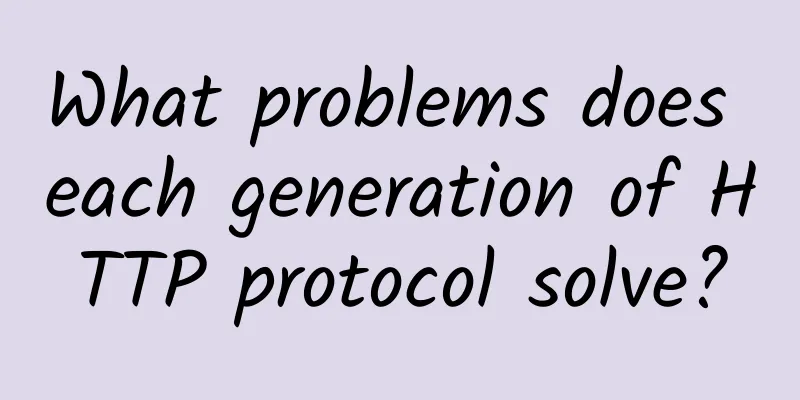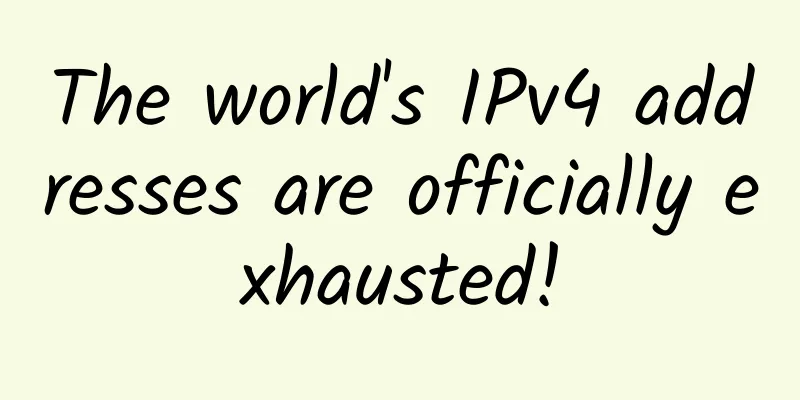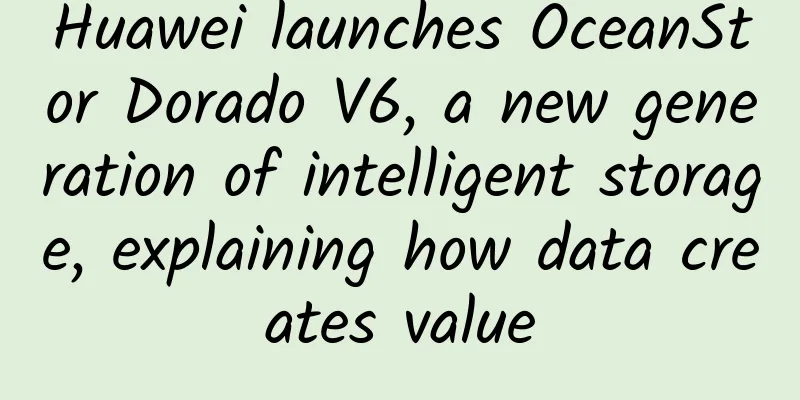A brief discussion on "lossless network": ECN and PFC technology

Basic concepts of lossless networkFirst of all, the most core feature of data center is lossless network. Traditional data center network presents three separate networks, that is, high-performance computing network, storage network, and general computing network use different protocols and interfaces. As the Ethernet rate exceeds 800G and the Ethernet-based RDMA protocol (RoCEv2) is applied, the integration of three networks has become the development trend of data centers, and high throughput, low latency, and zero packet loss have also become the requirements of current data centers. These three requirements are called lossless network characteristics. Disadvantages of high-speed forwarding in traditional networksBased on the lossless network characteristics of the data center, some functional requirements are also put forward for the equipment. When data is forwarded on the Ethernet, when there is congestion and packet loss caused by burst traffic, it will affect the network transmission delay. The typical topology is shown in the following figure: In order to reduce latency and solve the packet loss problem, Ethernet introduced flow control technology. However, traditional flow control technology has two obvious defects:
Working defects of traditional fluid control technology: To solve these two problems, switches introduce two functions to meet lossless requirements: PFC and ECN. How lossless networks workPFC (Priority-based Flow Control) adds the concept of priority to the traditional flow control technology. It can distinguish the traffic of services with different priorities and meet the requirements of ensuring high-priority service traffic. It is a point-to-point protocol. It truly realizes the sharing of links by multiple traffic. However, the problem of reduced system throughput caused by flow control transmission cannot be avoided. ECN (Explicit Congestion Notification) was created to solve this problem. It actively reduces traffic by notifying the sender before triggering flow control, thus avoiding affecting the throughput of the entire network. It is an end-to-end protocol. The combined effect of these two functions ensures lossless transmission of data in Ethernet. |
Recommend
Simple test of BandwagonHost special price annual VPS (DC6)
Last time when BandwagonHost launched a special o...
Preliminary study of the network communication module in node
At present, we are in the Internet era, and Inter...
A funny story about three handshakes and four waves: How to seize the opportunity when you meet a girl you like?
I have a friend, Xiao Long, who confided in me: H...
Three major problems facing my country's 5G base stations
At present, the development of 5G commercializati...
OVHcloud: $0.97/month - 2GB/20GB/100M unlimited traffic/Europe, America & Asia Pacific
OVHcloud launched a VPS under 1$/m for a year cam...
Cisco, the hero behind the scenes who helps turn good thoughts into good deeds
People often have good intentions in their hearts...
"Flooding" or rational construction? Operators should deploy 5G in a rhythmic manner
Nowadays, 5G has become a hot topic around the wo...
The ancestral motto of data center operation and maintenance is "no trouble, no failure"
Although the saying "no trouble, no failure&...
As 5G price war begins, US operators also adopt "Internet thinking"
After taking the lead in the world in 5G network ...
On the first day of the High-Tech Fair, Huawei opens a new era of smart city twins with 5G+AI
[51CTO.com original article] On November 13, the ...
Graphical explanation | A brief history of what is HTTP
[[344212]] This article is reprinted from the WeC...
Who knows? OSPF routing protocol is enough to read this article!
After the release of the interesting routing seri...
Sprinting towards the 5G era: Base station construction speeds up and application areas expand
Recently, Shenzhen took the lead in entering the ...
Ruishu Information is listed as a representative manufacturer in the field of online anti-fraud in Gartner's "Online Anti-Fraud Market Guide" report!
In July 2021, Gartner, a global authoritative IT ...
Ministry of Industry and Information Technology: Promote 5G application innovation in the field of industrial Internet
On June 8, the Ministry of Industry and Informati...









